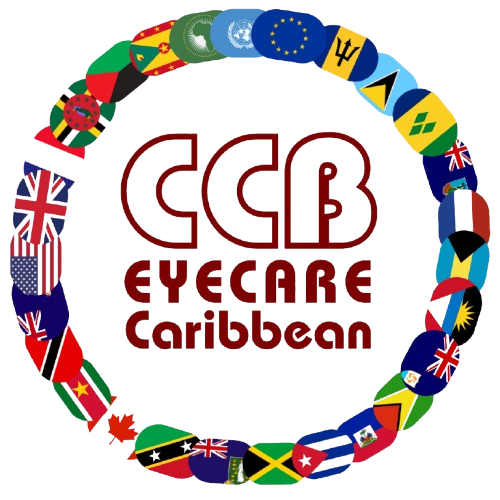 By Dr Gavin Henry
By Dr Gavin Henry
Hypertensive Retinopathy is a condition that describes damage to the retina caused by high blood pressure.
The retina is the layer of tissue that lines the back of the eye and is responsible for the conversion of images that enter the eye into signals that are sent along the nerves back to the brain.
The changes in Hypertensive Retinopathy result from adaptive changes in the large and small vessel circulation in response to the high blood pressure resulting in damage.
The higher the blood pressure and the longer it has been high, the more severe the damage is likely to be.
Symptoms
Most people with hypertensive retinopathy do not have symptoms until late in the disease.
Symptoms may include:
• Double vision or dim vision
• Headaches
• Visual disturbances, and sometimes sudden vision loss
SIGNS
Signs of damage to the retina caused by Hypertension include:
• Arteriolar changes, such as generalized arteriolar narrowing, focal arteriolar narrowing, arteriovenous nicking, changes in the arteriolar wall (arteriosclerosis) and abnormalities at points where arterioles and venules cross.
• Advanced Retinopathy lesions, such as microaneurysms, blot hemorrhages and/or flame hemorrhages, ischemic changes (e.g. “cotton wool spots”), hard exudates and in severe cases swelling of the optic disk (papilledema, or optic disc edema), a ring of exudates around the retina called a “macular star” and visual acuity loss, typically due to macular involvement.
Mild signs of Hypertensive Retinopathy can be seen quite frequently in normal people (3– 14% of adult individuals aged ≥40 years), even without hypertension.
Hypertensive Retinopathy can be graded:
 Grade 1
Grade 1
Generalised arteriolar constriction – seen as `silver wiring` and vascular tortuosities.
Grade 2
As grade 1 but also with irregularly located, tight constrictions – Known as `(AV) nicking` or `AV nipping`
Grade 3
As grade 2 but additionally with cotton wool spots and flame hemorrhages
Grade 4
As above but also with swelling of the optic disk (papilledema)
There is an association between the grade of retinopathy and mortality. In a study in 1939 Keith and colleagues described the prognosis of people with differing severity of retinopathy. They showed 70% of those with grade 1 retinopathy were alive after 3 years whereas only 6% of those with grade 4 survived.
The most widely used modern classification system bears their name. The role of retinopathy grading in risk stratification is debated, but it has been proposed that individuals with signs of Hypertensive Retinopathy signs, especially retinal hemorrhages, microaneurysms and cotton wool spots, should be assessed carefully.
Treatment
Controlling high blood pressure is the only treatment for Hypertensive Retinopathy. A major aim of treatment is to prevent, limit, or reverse target organ damage by lowering the patient’s high blood pressure and reduce the risk of cardiovascular disease and death. Anti-hypertensive drug treatment may be required to control the high blood pressure.
Prognosis
Patients with grade 4 (severe retinopathy) often have heart and kidney problems due to high blood pressure. They are also at higher risk for stroke. The retina will generally recover if the blood pressure is controlled. However, some patients with grade 4 retinopathy will have permanent damage to the optic nerve or macula.
